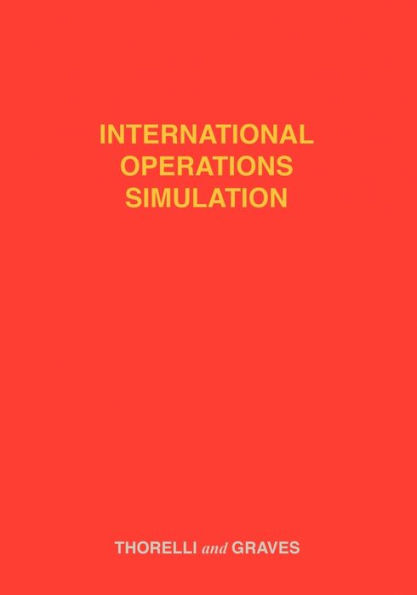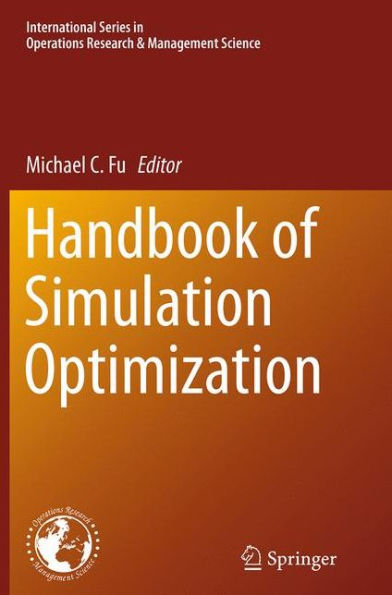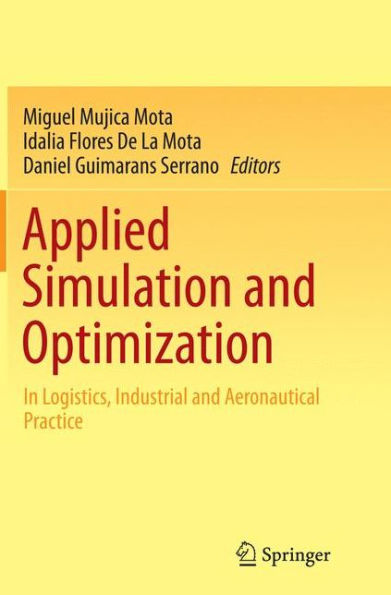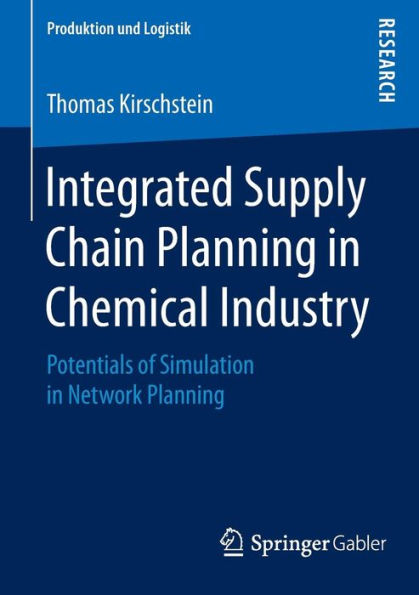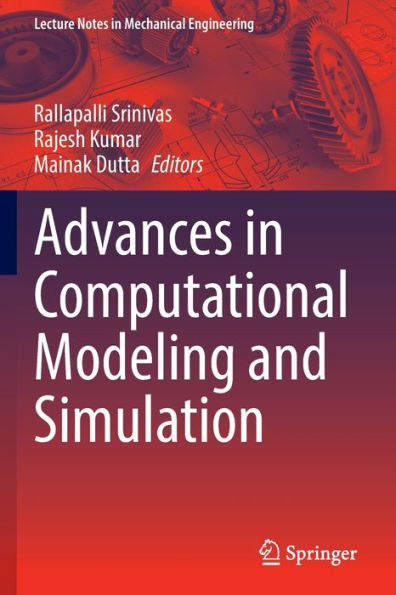Home
Computer Simulation in Operations Management
Barnes and Noble
Computer Simulation in Operations Management
Current price: $95.00


Barnes and Noble
Computer Simulation in Operations Management
Current price: $95.00
Size: OS
Loading Inventory...
*Product information may vary - to confirm product availability, pricing, shipping and return information please contact Barnes and Noble
The management of production and service processes can be supported by microcomputer simulation models—effectively and inexpensively—if the techniques are presented in an understandable manner. Drs. Klafehn, Weinroth, and Boronico prove this and show how to do it—not only for the benefit of operations managers themselves, but for others with management responsibilities in a variety of businesses and industries. They will learn how important daily operations problems can be modeled on a microcomputer, gain understanding of overall simulation methodology, and learn the several forms of cost savings achievable through simulation. For teachers in business schools the book will also provide a link between general management and the management of engineering and R&D.
The first chapter introduces the reader to the concepts and steps for undertaking a microcomputer simulation project. In addition, the benefits, drawbacks, and myths are reviewed in detail. Chapter two explores, in a conversational scenario, what is involved in taking a management operations problem involving a truck transfer depot from its point of inception to the formulation of a systems operation model, which in a later chapter is ultimately put into a computer simulation model and tested to, in a sense, come up with answers to the questions posed in the hypothetical conversation. Subsequent chapters in the book are oriented to a discussion of other operations management problems and the effort to seek insight and solutions through simulation modeling. A Just-in-Time manufacturing system is addressed, recognizing the push-pull concept as well as looking at the quality aspect. Attempting to determine the optimum levels for safety, stock, order points, and order quantity is investigated through computer simulation. These levels are predicated on balancing the costs associated with ordering and holding goods as well as the penalty costs of stocking out. Using a simulated environment enables the inclusion of the variability evidenced by the type of distribution. The remaining chapters also review alternative rules and what ifs as applied to machine configuration, facility location for a satellite EMS unit, and job shop operations. Each of the applications chapters provides a printout of the basic computer model, written in GPSS, that was then modified to investigate alternative scenarios.
